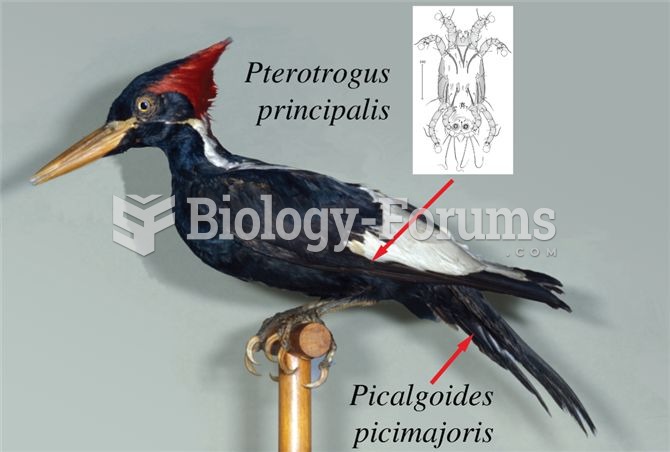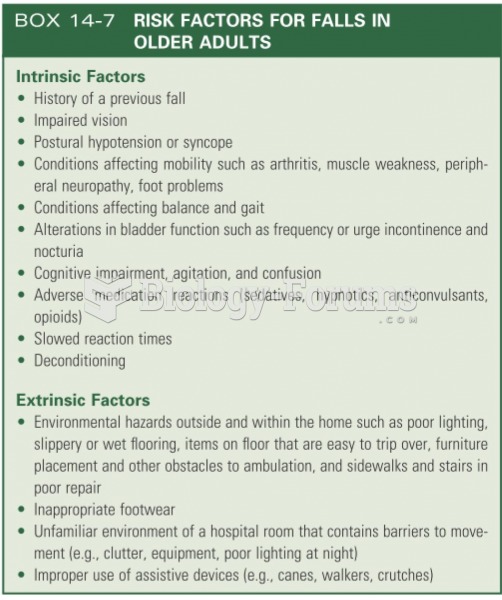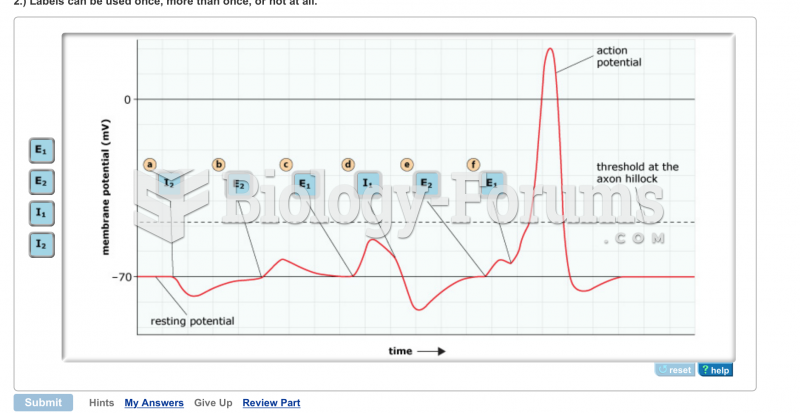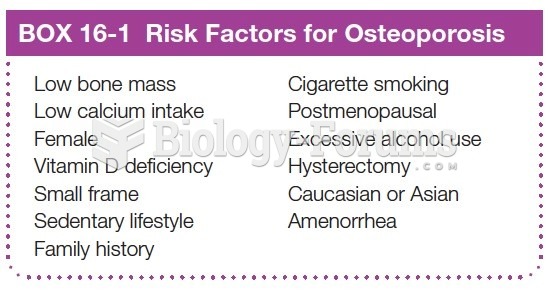Answer to Question 1
Community-wide Interventions some programs focus on community-wide solutions to abuse. For example, the Triple P Positive Parenting Program has proven quite successful. This program consists of several levels of intervention: a media-based campaign targeting the entire community, intensive treatments for progressively smaller groups of families that are at progressively greater risk for maltreatment, and individual family treatment.
Home-visiting Programs these programs are family-based interventions in which trained professionals visit parents in their homes and administer a standard program that can range in intensity from one visit to multiple visits over months or even years. Some home visiting programs have been shown to have positive effects in areas of family life related to child abuse risk.
Helping Families with Drug or Alcohol Abuse some programs require drug-addicted parents with reports of maltreatment to enroll in drug treatment within a few months and allow them up to eighteen months to show progress in all problem areas, including addiction. Only if f there is no measurable progress on every front are children removed and placed with relatives or an adoptive home.
Sexual Abuse Prevention schools, religious groups, and youth organizations are now operating programs that teach children what to do in situations of potential abuse, how to stop potential offenders, and how to find help. Such programs also teach children not to blame themselves if they are victimized, a prevention strategy designed to head off emotional problems often triggered by abuse. There is reason to believe that they produce benefits such as increased disclosure and less self-blame following abuse.
Student responses will vary.
Answer to Question 2
d







